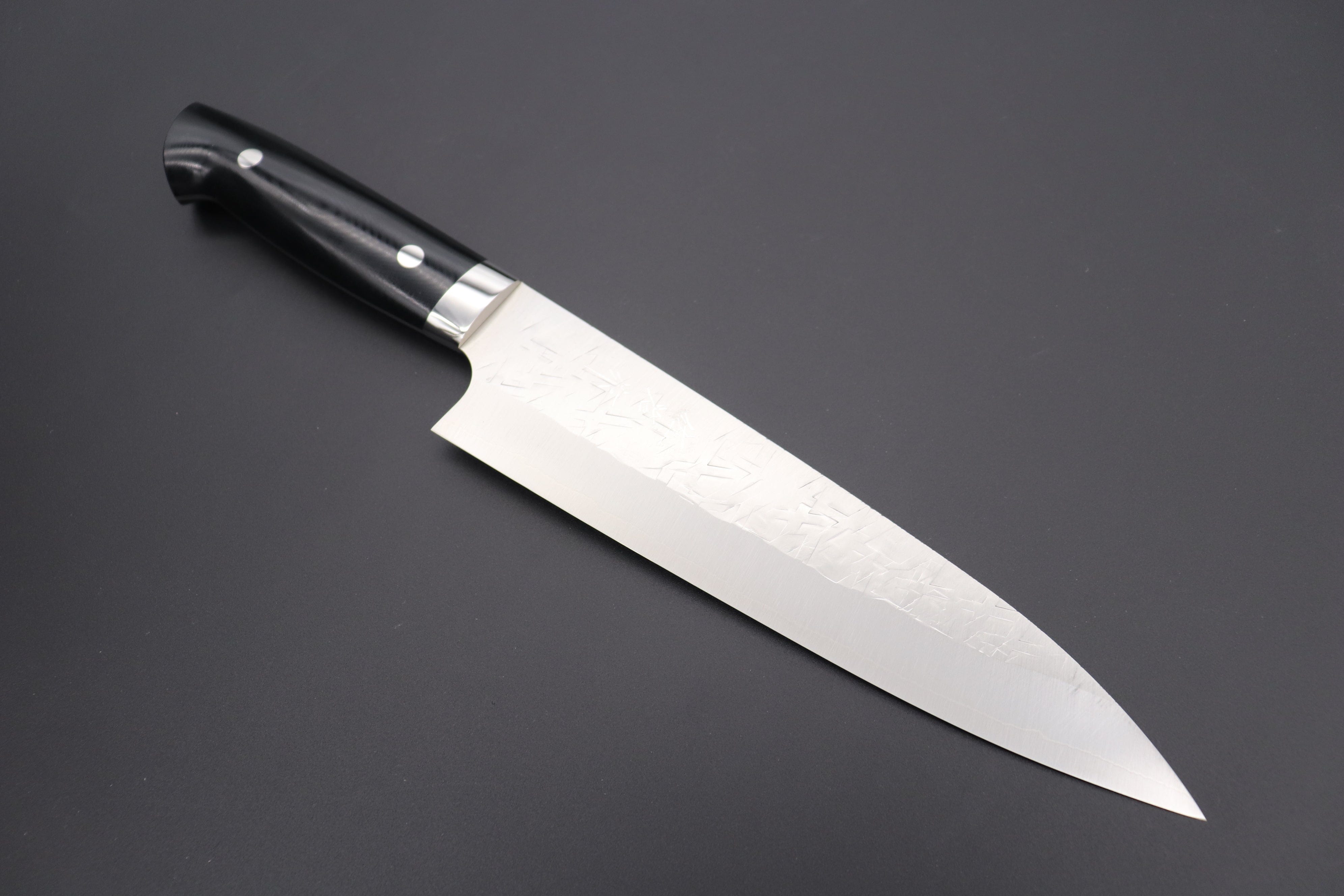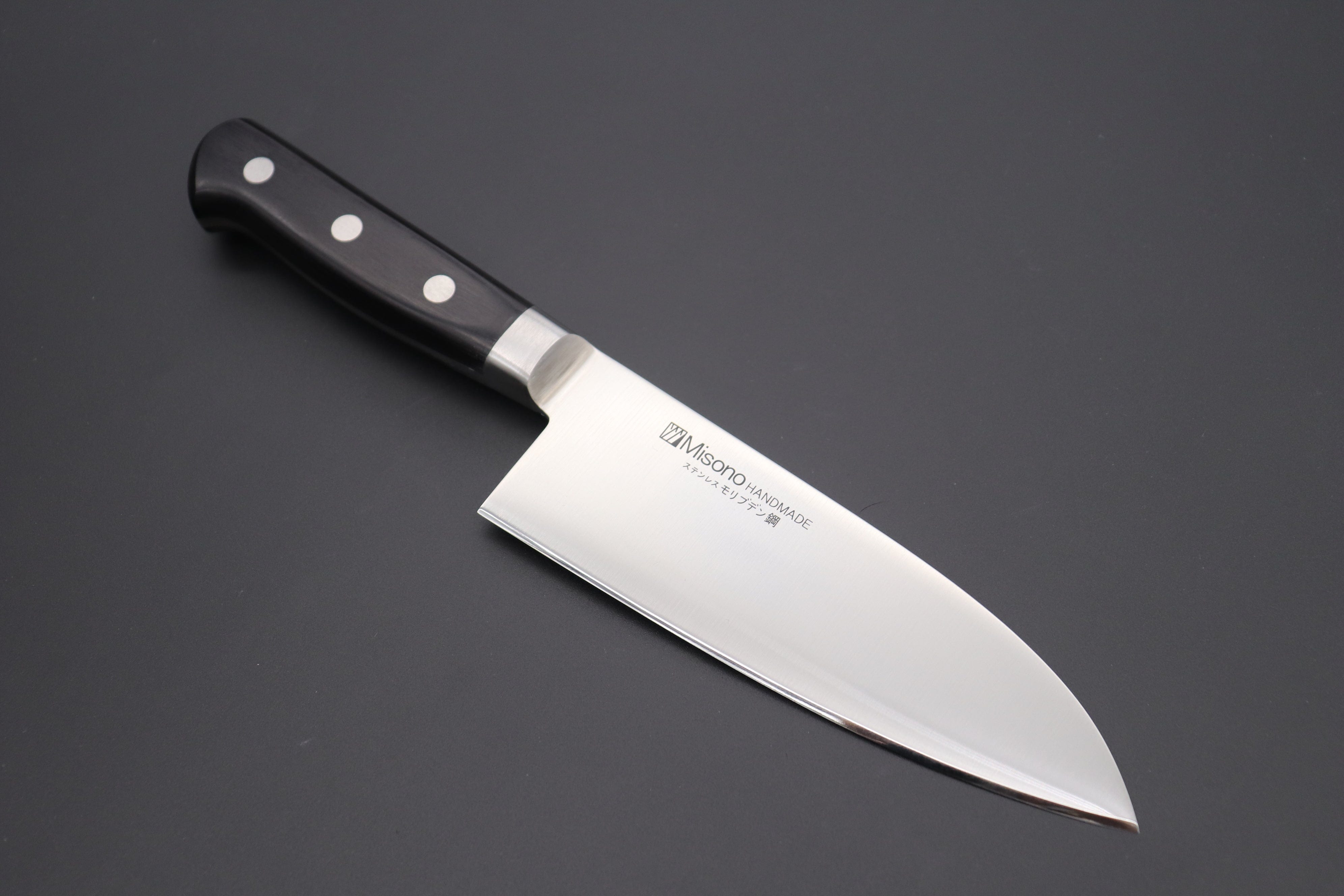When cooking, measurements matter a lot. But did you know they differ across cultures?
Understanding the difference between Japanese and Western cooking measurements can save you from culinary mishaps. While both aim for precision, their tools and units are distinct. This knowledge is crucial for anyone who loves to cook international recipes. It ensures accuracy and consistency in your dishes.
In this post, we’ll explore these differences, helping you navigate and adapt recipes more effectively. You’ll learn about the unique tools and units used in Japanese and Western kitchens. This will make your cooking experience smoother and more enjoyable. So, let’s dive into the world of cooking measurements and discover how they vary between these two culinary traditions.

Credit: www.amazon.com
Japanese Cooking Measurements
Japanese cooking measurements differ significantly from Western measurements. Understanding these differences can enhance your cooking experience. Japanese recipes emphasize precision and balance, requiring specific tools and units.
Common Units
In Japanese cooking, the most common units are milliliters (ml), grams (g), and cups. Japanese cups are different from Western cups, equaling 200 milliliters. This distinction is crucial for accurate measurements. Another unit is the ‘go,’ which measures rice. One ‘go’ equals approximately 180 milliliters.
Spoons are also standard, with the ‘大さじ’ (ōsaji) representing a tablespoon and the ‘小さじ’ (kosaji) representing a teaspoon. The tablespoon equals 15 milliliters, while the teaspoon equals 5 milliliters. These precise units ensure consistency in Japanese recipes.
Tools Used
Japanese cooking uses specific tools for measurements. The ‘shamoji’ is a rice paddle for measuring and serving rice. Measuring cups and spoons are also common, often marked in milliliters. Digital scales are popular for their accuracy in measuring ingredients by weight.
Another essential tool is the ‘suihanki,’ a rice cooker with measurement lines inside. These lines indicate water levels for different amounts of rice. This tool simplifies the process of cooking perfect rice every time. Precision in measurements ensures the desired outcome in Japanese dishes.
Western Cooking Measurements
Western cooking measurements use cups, teaspoons, and ounces, while Japanese measurements rely on grams and milliliters. Precision differs greatly between these two systems, impacting recipe outcomes.
Hey friends, today let’s talk about Western Cooking Measurements. If you have ever tried a recipe from a Western cookbook, you might have noticed some differences in the way ingredients are measured compared to Japanese recipes. Understanding these measurements can make your cooking experience much smoother. Let’s dive into the details.Common Units
In Western cooking, you’ll often encounter several common units of measurement. These can be a bit different from what you might be used to.- Cups: Used mostly for measuring liquids and dry ingredients like flour or sugar.
- Tablespoons (Tbsp): Useful for smaller quantities of both liquids and dry ingredients.
- Teaspoons (Tsp): Typically used for even smaller amounts, like spices or extracts.
- Ounces (oz): Commonly used for both liquids and solids, like meat or cheese.
- Pounds (lbs): Mostly used for larger quantities, particularly for meats and produce.
| Unit | Abbreviation | Usage |
|---|---|---|
| Cup | cup | Liquids and dry ingredients |
| Tablespoon | Tbsp | Liquids and dry ingredients |
| Teaspoon | Tsp | Small amounts like spices |
| Ounce | oz | Liquids and solids |
| Pound | lbs | Large quantities |
Tools Used
In Western cooking, there are specific tools that help measure these units accurately. Let’s look at some of them:- Measuring Cups: These come in sets and are used for measuring both liquids and dry ingredients. For example, 1 cup, 1/2 cup, 1/3 cup, and 1/4 cup.
- Measuring Spoons: These are also found in sets and are used for smaller measurements. You’ll find 1 Tbsp, 1 Tsp, 1/2 Tsp, etc.
- Kitchen Scale: This is used to measure ingredients by weight, which can be more accurate for some recipes. It’s especially handy for baking.
- Liquid Measuring Cups: These are usually made of glass or plastic and have a spout for pouring. They are great for measuring liquids like water, milk, or oil.
Volume Measurements
Hey friends, today we’re diving into something really interesting – volume measurements in cooking. Whether you’re a seasoned chef or just starting out, understanding the difference between Japanese and Western cooking measurements can make your recipes turn out just right. Let’s break it down in simple terms so you can cook with confidence. Trust me, this will make your cooking journey a lot smoother!
Japanese System
In Japan, they have their own unique way of measuring volume. Instead of using cups and tablespoons, they use something called a shō. It’s a traditional unit, and it’s quite different from what we’re used to in the West. Here are the basics:
- 1 shō = 1.8 liters (almost 2 liters!)
- 1 gō = 180 milliliters (1/10 of a shō)
- 1 cup (Japanese) = 200 milliliters
So, when a recipe calls for 1 gō of rice, you know it’s about 180 milliliters. This system can take some getting used to if you’re new to it, but once you get the hang of it, it’s pretty straightforward.
Western System
Now, let’s talk about the Western system. This is what most of us are familiar with in the US and many other places. We use cups, tablespoons, and teaspoons. Here’s a quick refresher:
- 1 cup = 240 milliliters
- 1 tablespoon = 15 milliliters
- 1 teaspoon = 5 milliliters
Pretty simple, right? When you need 1 cup of milk, you just grab your measuring cup and fill it to the 240-milliliter mark. Easy-peasy.
But here’s the kicker – these differences matter. For example, if you’re following a Japanese recipe and it calls for 1 cup (200 milliliters) of water, using a Western cup (240 milliliters) will throw things off. Not a lot, but in cooking, precision can make a big difference.
So, whether you’re whipping up a Japanese dish or a Western one, keep these measurements in mind. It’ll help you get the flavors just right. And the good news? With a little practice, you’ll be a pro at both systems in no time!
Weight Measurements
Hey there, cooking enthusiasts! Today, we’re diving into an interesting topic that might just change the way you approach your recipes: Weight Measurements. If you’ve ever tried to follow a Japanese recipe and found yourself scratching your head, you’re not alone. The weight measurement systems in Japan and Western countries differ quite a bit. Let’s break it down so you can cook with confidence no matter what recipe you’re using.
Japanese System
In Japan, weight measurements are generally more precise. They use grams for most ingredients, even for small quantities. This makes sense, as Japanese cuisine often focuses on delicate flavors and precise portions. Here’s a quick rundown:
- Grams are the go-to unit for almost everything.
- Milliliters are used for liquids, but only for small amounts.
- For larger quantities, liters and kilograms come into play.
For instance, a typical Japanese recipe might call for 200 grams of rice or 100 milliliters of soy sauce. Because the measurements are so exact, using a digital scale is pretty much essential. I once tried eyeballing the measurements and let’s just say, it didn’t turn out well!
Western System
Now, let’s talk about the Western system. If you’re used to cups and ounces, this might feel more familiar to you. But there are still some differences worth noting:
- Ounces and pounds for dry ingredients.
- Cups, tablespoons, and teaspoons are common for both dry and wet ingredients.
- Fluid ounces for liquids.
For example, a Western recipe might ask for 1 cup of flour or 8 ounces of milk. This system is a bit more forgiving. You can often get by without a scale, using measuring cups and spoons instead. However, this can sometimes lead to inconsistency. I once made a cake using cups and it didn’t rise properly because I wasn’t precise enough.
So, the good news? Understanding these differences can make your cooking experience smoother and more enjoyable. Whether you’re whipping up a Japanese delicacy or a Western classic, knowing how to measure accurately is key. Happy cooking!
Temperature Measurements
Hey there, cooking enthusiasts! Ever wondered why your Japanese recipe doesn’t turn out right even when you follow it to the letter? Well, the secret might be in the temperature measurements. Japanese and Western cooking have different ways of measuring temperature. Let’s dive into the details and see how these differences can affect your cooking.
Oven Temperatures
When it comes to oven temperatures, Japanese and Western methods can seem like they’re speaking different languages. Let’s break it down.
- Western Ovens: In Western cooking, we often use Fahrenheit. For example, baking a cake might require an oven preheated to 350°F.
- Japanese Ovens: In Japan, Celsius is more common. So, that same cake recipe might suggest a temperature of 180°C.
Here’s a quick conversion to keep in mind:
| Fahrenheit (°F) | Celsius (°C) |
|---|---|
| 200°F | 93°C |
| 300°F | 149°C |
| 350°F | 177°C |
| 400°F | 204°C |
See the difference? It’s like converting miles to kilometers. Easy when you get the hang of it!
Stovetop Temperatures
Ovens aren’t the only place where temperature measurements can get tricky. Let’s talk about stovetop cooking.
- Western Stoves: In Western recipes, you might see terms like “medium heat” or “high heat”. These are pretty standard and rely on feel and experience.
- Japanese Stoves: Japanese recipes might use specific temperatures in Celsius, like “cook at 160°C”. This is more precise.
So, what’s the takeaway? When cooking a Japanese dish on a Western stove, you might need to translate the temperature settings. Here’s a tip: use a cooking thermometer. It helps you get that exact temperature.
One time, I tried making a Japanese dish called “Katsu”. The recipe called for frying at 170°C. I didn’t have a thermometer, so I guessed. Big mistake! My Katsu was either undercooked or burnt. Lesson learned: always use the right tools.
Understanding these differences can make your cooking experience smoother. It’s like having a map for your culinary journey. Happy cooking!
Conversion Challenges
Hey friends, today I want to talk about something that might seem tricky at first: converting cooking measurements between Japanese and Western styles. Trust me, it’s a common challenge many of us face in the kitchen. Let’s dive into some common issues and share tips for accurate conversion.
Common Issues
One of the biggest hurdles when cooking Japanese recipes in a Western kitchen is dealing with different measurement systems. In Japan, ingredients are often measured by weight (grams), while in Western countries, we commonly use volume (cups, teaspoons).
For example, in Japan, a recipe might call for 200 grams of flour. In the US, you might see the same recipe call for 1 3/4 cups of flour. The difference? It’s all about the measurement system. Here are some typical issues:
- Weight vs. Volume: Japanese recipes use grams and milliliters. Western recipes use cups and ounces.
- Tools: You might need a scale for Japanese recipes and measuring cups for Western ones.
- Accuracy: Converting between weight and volume isn’t always precise.
Tips For Accurate Conversion
So, how can we make this easier? Here are some tips I’ve found helpful:
- Invest in a Kitchen Scale: This tool will help you convert measurements accurately. Weighing ingredients ensures precision.
- Use Conversion Charts: Keep a handy chart in your kitchen. It can quickly tell you how many grams are in a cup, and vice versa. Here’s a simple example:
- Online Converters: Use reliable websites to convert measurements instantly. Just type in what you need, and voila!
| Ingredient | Grams (g) | Cups |
|---|---|---|
| Flour | 120 g | 1 cup |
| Sugar | 200 g | 1 cup |
Remember, practice makes perfect. The more you cook, the better you’ll get at understanding and converting these measurements. Happy cooking!
Practical Tips
Hey friends, today I’ll share some practical tips for understanding the difference between Japanese and Western cooking measurements. This can be tricky, but don’t worry. By the end of this post, you’ll know how to handle these differences like a pro. Let’s dive in!
Using Conversion Charts
Conversion charts are super useful. They help you easily switch between Japanese and Western measurements. Here are a few tips:
- Keep a handy chart in your kitchen. This will save you time.
- Use a chart that shows common ingredients. This makes cooking easier.
- Print one out or save it on your phone. You’ll always have it nearby.
Here’s a simple example:
| Japanese Measurement | Western Equivalent |
|---|---|
| 1 cup (200 ml) | 0.85 cups |
| 1 tablespoon (15 ml) | 1 tablespoon |
Digital Tools And Apps
In this digital age, there’s an app for everything. Cooking is no different. Here are some tips for using digital tools:
- Download a reliable conversion app. These apps make switching measurements easy.
- Use apps that have a wide range of ingredients. Some apps even suggest recipes.
- Try apps with voice commands. You can measure while keeping your hands free.
For example, I recently downloaded an app called “Kitchen Conversion Helper.” It’s simple and effective. It even has a voice feature, so I don’t have to touch my phone with messy hands.
So, there you have it. Conversion charts and digital tools can make cooking with Japanese and Western measurements a breeze. Try them out and see how much easier your cooking becomes!

Credit: japanesechefsknife.com

Credit: japanesechefsknife.com
Frequently Asked Questions
Is A Japanese Cup The Same As An American Cup?
No, a Japanese cup is not the same as an American cup. A Japanese cup is 200 milliliters, while an American cup is 240 milliliters.
What Is A Japanese Cup Measurement?
A Japanese cup measurement equals 200 milliliters. This unit is smaller than the standard U. S. cup, which is 240 milliliters.
What Is American Cooking Measurement?
American cooking measurement uses cups, tablespoons, teaspoons, and fluid ounces for volume. It uses pounds and ounces for weight.
What Is The Difference Between Japanese And Western Knives?
Japanese knives have thinner, harder blades and sharper edges. Western knives are thicker, softer, and more durable.
Conclusion
Understanding the difference between Japanese and Western cooking measurements is crucial. It helps in achieving accurate results in recipes. Japanese measurements use metric units. Western measurements rely on cups and spoons. This distinction can affect ingredient quantities and cooking outcomes.
Knowing these differences can enhance your cooking skills. It also ensures you follow recipes correctly. Experiment with both methods to see what works best. Happy cooking!
